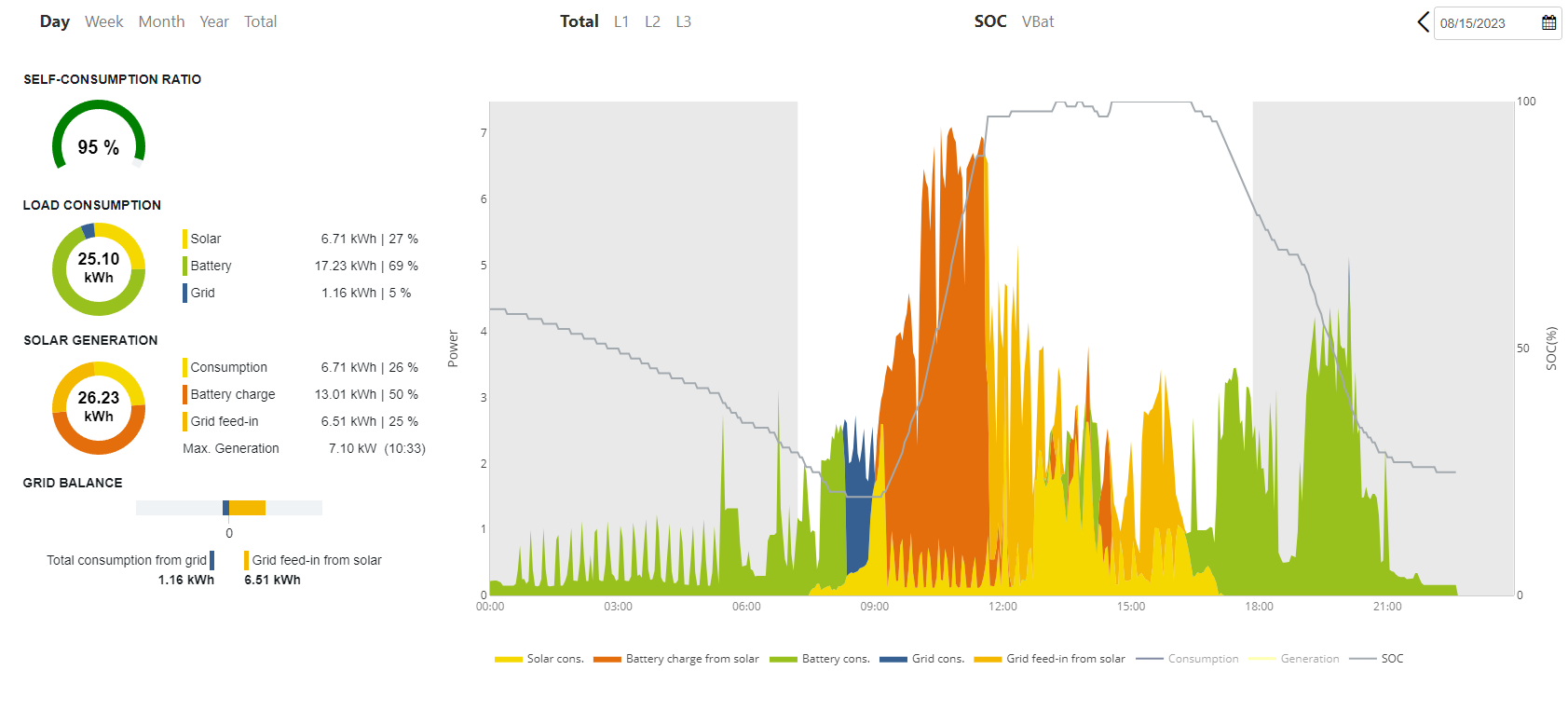 Off-Grid Solar Australia
Off-Grid Solar Australia

Unlock savings with grid-connected solar & battery systems. Learn how to maximize financial gains through renewable energy solutions.
Embarking on the journey towards renewable energy through grid-connected solar and battery systems is an exciting endeavor. This path promises to not only reduce your carbon footprint but also pave the way for potential financial gains. However, it’s essential to understand that the landscape of expected payback periods and savings can be intricate, with various factors contributing to fluctuations from the initially quoted figures.
Delving into the Complexity of Expected Savings
The estimation of expected savings and payback periods is a meticulous process that takes into account a multitude of elements. These encompass your electricity expenses, the prevailing feed-in tariff rate, your electricity consumption patterns (daytime vs. nighttime usage), geographical location, and the upfront cost of the solar setup. Introducing a battery bank into this equation introduces another layer of complexity.
Certain factors in this equation can be reasonably predicted at the time of the initial quote. However, there are elements prone to change, often beyond your or the installer’s control. The shifting dynamics of these elements can substantially alter the trajectory of your expected savings and payback periods. Thus, any changes in these factors post-quotation can render the earlier estimated figures inaccurate.
Unraveling the Feed-In Tariff Mystery
Feed-in tariffs (FIT) hold a pivotal role in the financial equation of grid-connected solar systems. These tariffs delineate the compensation you receive from your electricity provider for surplus energy fed back into the main power grid. FIT rates vary across different providers and are susceptible to alterations as per their discretion. Your specific FIT rate might be the standard one offered by your provider, or they could initiate discussions with you to determine a mutually agreeable rate.
Decoding the Concept of Export Limit
The concept of export limit assumes significance in the realm of contemporary grid-connected systems. Many power distributors now permit the installation of higher capacity inverters, provided these inverters are equipped with an ‘Export Limit’ feature. This limit is essentially a predetermined threshold programmed into the inverter during installation. Its purpose is to restrict the amount of power the inverter can channel into the grid at any given time. Consequently, this measure prevents excessive energy export, albeit potentially resulting in a marginal reduction of FIT accrual due to constrained export.
The Synergy of Solar and Battery
A paramount consideration in enhancing savings is the integration of battery systems into the solar setup. Batteries enable you to harness surplus energy during the day, storing it for utilization during peak hours or at night when solar generation is inactive. This synergy not only optimizes self-consumption but also diminishes reliance on conventional grid power, thus fostering higher potential savings.
Nurturing Realistic Expectations
In the pursuit of grid-connected solar and battery systems, nurturing pragmatic expectations is pivotal. While initial estimations offer a roadmap, the journey may feature unexpected detours due to the evolving nature of the energy landscape. Fluctuations in electricity rates, alterations in feed-in tariff policies, and adjustments in consumption patterns can all influence your financial outcomes.
Know about the true meaning of living off-grid life and its impact on the homeowners as wella s environment. Living off-grid doesn’t mean sacrificing comfort. Today’s off-grid homes can be just as cozy and well-equipped as traditional ones. Thanks to affordable solar panels, advanced batteries, and a growing interest in sustainability, people are creating beautiful, …
Continue reading “Embracing Off-Grid Living Without Lifestyle Compromises”
Explore the fascinating journey of off-grid living, from its humble beginnings relying on manual labor to the luxurious, tech-driven lifestyle choices of today. Discover how advancements in technology have transformed off-grid living into a comfortable, sustainable, and increasingly popular way of life. Living off the grid has always held a special allure for those seeking …
Continue reading “The Remarkable Evolution of Off-Grid Living: From Rustic to Luxurious”
Learn about the agribusiness and commercial enterprises and what’s happening in the off-grid world. In the ever-evolving landscape of agribusiness and commercial enterprises, staying ahead often means embracing innovative solutions. One such game-changer is grid augmentation, a concept that could revolutionize the way we power our businesses. So, what exactly is grid augmentation, and how …
Continue reading “Elevating Agribusiness and Commercial Enterprises: The Power of Grid Augmentation”
Discover the critical significance of backup generators in off-grid power systems. Learn how they ensure uninterrupted electricity supply, handle high energy demands, and tackle common challenges for reliable off-grid living. Off-grid power systems have become increasingly popular for those seeking independence from conventional electrical grids. These systems offer sustainability, emergency preparedness, and the opportunity for …
Continue reading “The Backbone of Off-Grid solar power: The Vital Role of Backup Generators”